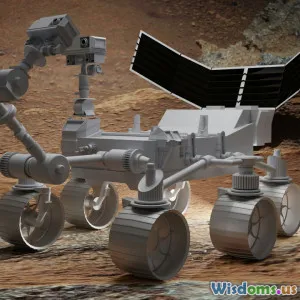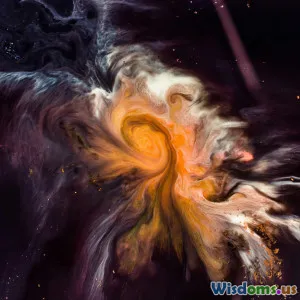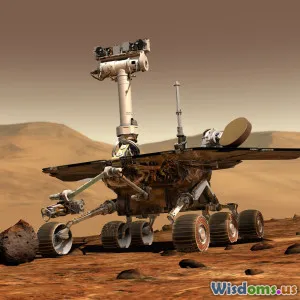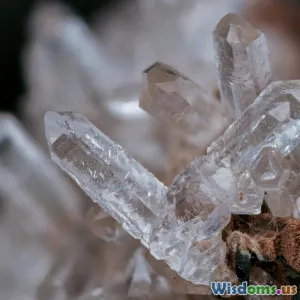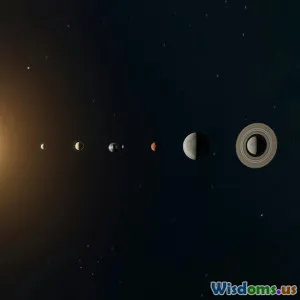
The Journey of Voyager: Beyond Our Solar System
6 min read Explore the incredible journey of Voyager spacecraft as it ventures beyond our solar system, revealing the mysteries of the cosmos. (0 Reviews)
The Journey of Voyager: Beyond Our Solar System
The Voyager program, initiated by NASA in 1977, has become one of the most remarkable achievements in human history. The twin spacecraft, Voyager 1 and Voyager 2, were designed to explore the outer planets of our solar system, but their mission has far exceeded those initial objectives. As both spacecraft continue their journey into interstellar space, they carry with them a wealth of information about our solar system and beyond. This article delves into the fascinating journey of Voyager, its discoveries, and its ongoing legacy.
The Launch and Missions
Voyager 1 was launched on September 5, 1977, followed by Voyager 2 on August 20, 1977. The primary mission of both spacecraft was to conduct close-up studies of Jupiter and Saturn, their moons, and the rings surrounding them. Voyager 2 was unique in that it was the only spacecraft to visit Uranus and Neptune, providing invaluable data about these distant planets.
Key Discoveries
-
Jupiter and its Moons: Voyager 1 and Voyager 2 provided stunning images of Jupiter, revealing its Great Red Spot and intricate storm systems. The missions also discovered new moons and provided detailed information about its largest moon, Ganymede, and its potential subsurface ocean.
-
Saturn's Rings: Both spacecraft sent back remarkable images of Saturn's rings, demonstrating their complex structure and revealing the presence of tiny moons within the rings that influence their shape.
-
Uranus and Neptune: Voyager 2’s flyby of Uranus in 1986 allowed scientists to discover its unique tilt and 27 known moons. The 1989 flyby of Neptune revealed its dynamic atmosphere and the Great Dark Spot, a storm comparable to Jupiter's Great Red Spot.
Entering Interstellar Space
After completing their primary missions, both Voyagers continued on their trajectories into interstellar space. In August 2012, Voyager 1 became the first human-made object to enter this uncharted territory, crossing the heliopause—the boundary where solar wind from the Sun slows down and merges with the interstellar medium.
Voyager 2 followed suit in November 2018. As they travel farther from the Sun, they continue to send back data about cosmic rays, magnetic fields, and the structure of interstellar space. This information is crucial for understanding how our solar system interacts with the surrounding galaxy.
The Golden Record
One of the most intriguing aspects of the Voyager missions is the Golden Record, a phonograph record included aboard each spacecraft. It serves as a time capsule intended for any intelligent extraterrestrial life that may encounter the Voyagers in the distant future. The record contains sounds and images representing the diversity of life and culture on Earth, including greetings in 55 languages, music from various cultures, and images depicting human life.
The Legacy of Voyager
The Voyager spacecraft have greatly expanded our knowledge of the solar system and beyond. They have transformed our understanding of planetary atmospheres, magnetospheres, and the phenomena of space. The data collected from Voyager missions are still being analyzed, with scientists making new discoveries decades after their launch.
Ongoing Research and Future Directions
As Voyager continues its journey, scientists remain eager to analyze the data sent back from the spacecraft. The information about cosmic rays and interstellar magnetic fields is particularly valuable for understanding the conditions of our galaxy.
Conclusion
The journey of Voyager is a testament to human curiosity and ingenuity. From its groundbreaking discoveries of the outer planets to its current status as an ambassador of Earth in interstellar space, Voyager exemplifies the spirit of exploration. As we look to the future, the legacy of Voyager will inspire new generations of scientists and explorers to continue pushing the boundaries of our understanding of the cosmos.
In a world where space exploration often feels distant, the story of Voyager reminds us that we are just beginning to scratch the surface of what lies beyond our own planet. The Voyager spacecraft may be far from home, but they carry with them the hopes and dreams of humanity, forever reaching for the stars.
Rate the Post
User Reviews
Popular Posts











